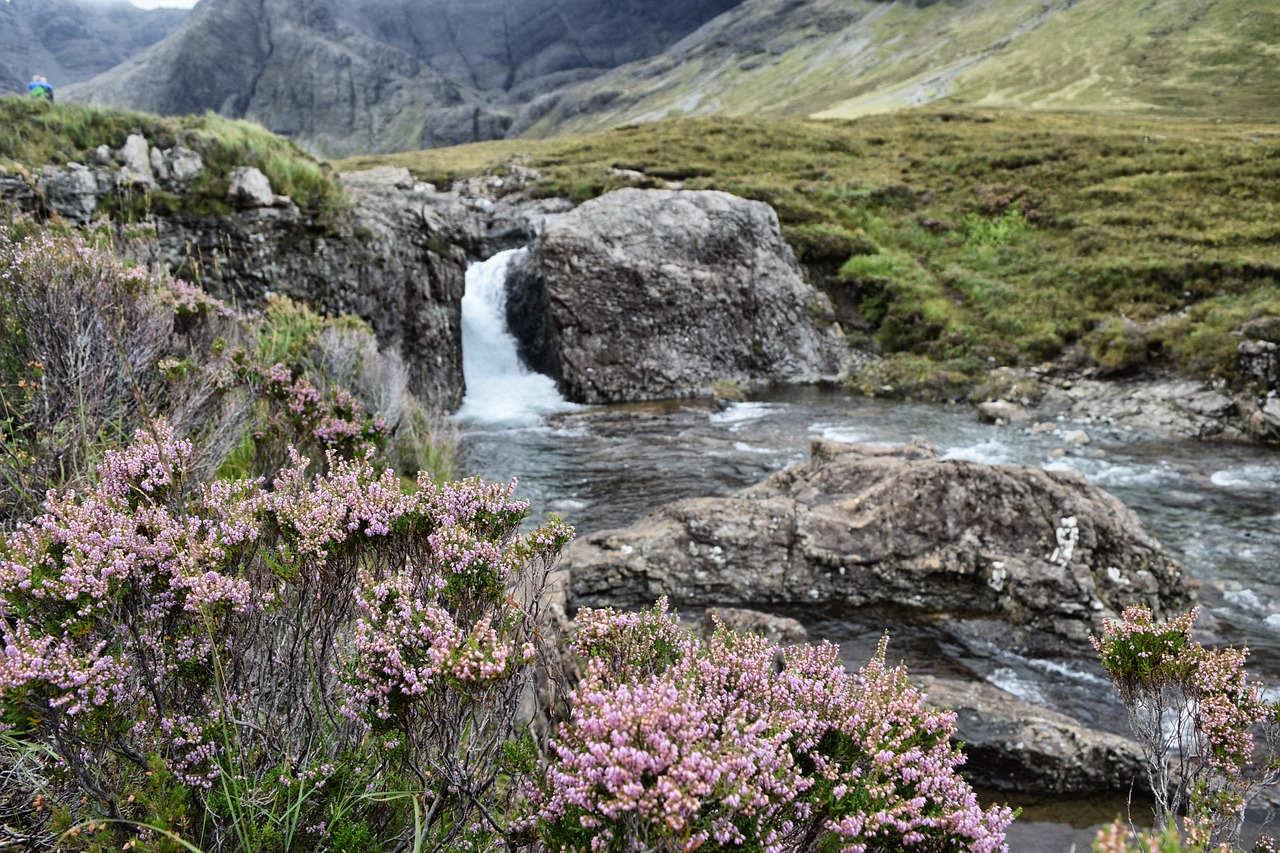It is fair to say that the term ‘natural capital‘ is now widely known by many and is becoming an established theme for landowners, tenants and investors. To date there has been a large amount of theory which is now being turned to practice and Galbraith are delighted to be assisting with many projects across Scotland and Northen England.
It is exciting to see that a number of natural capital projects are now becoming reality – as agents we are regularly consulting with stakeholders to realise their potential. We have been working to develop a Caledonian pine forest near Inverness under the Woodland Carbon Code, a whole river catchment project in southwest Scotland and many other landscape-scale projects which incorporate river catchment, moorlands, woodland and renewable energy.
These projects bring together various elements including carbon, provisioning and social or cultural factors among others to provide a tangible product suitable for a sponsor or investor.
For the Galbraith team and their clients, the last six to eight months has been focused on providing a baseline for these projects and working closely with ecologists. It is important to measure the starting place for these schemes, to allow sponsors and landowners to recognise the benefit that the project brings. We have also been utilising the biodiversity metric – a useful and versatile tool widely used in England but also appropriate for use in Scotland. This tool will be developed in due course but for the time being, is well suited for ‘baselining’ projects.
It is clear that there has been a change of mindset across the landed sector, so that natural capital projects are no longer viewed as a ‘tick box exercise’, but instead provide a clear goal to bring change for the better. Natural capital has developed to be more than buying or selling carbon credits, and is now focused on providing larger scale projects with a greater benefit to the wider community.
It is recognised by our agents as well as all other stakeholders that natural capital projects should not be at the expense of food production – this provides a great opportunity for landowners, farmers and tenants to diversify their holdings and spread risk. It is evident that there are some simple ways in which biodiversity gain can be integrated with food production to allow existing farming activities to continue.
- If you are interested in discussing any scale or nature of Natural Capital project, we would be delighted to be approached. We are actively speaking to sponsors and corporates and have diverse range of experience in bringing these projects from concept to reality.


